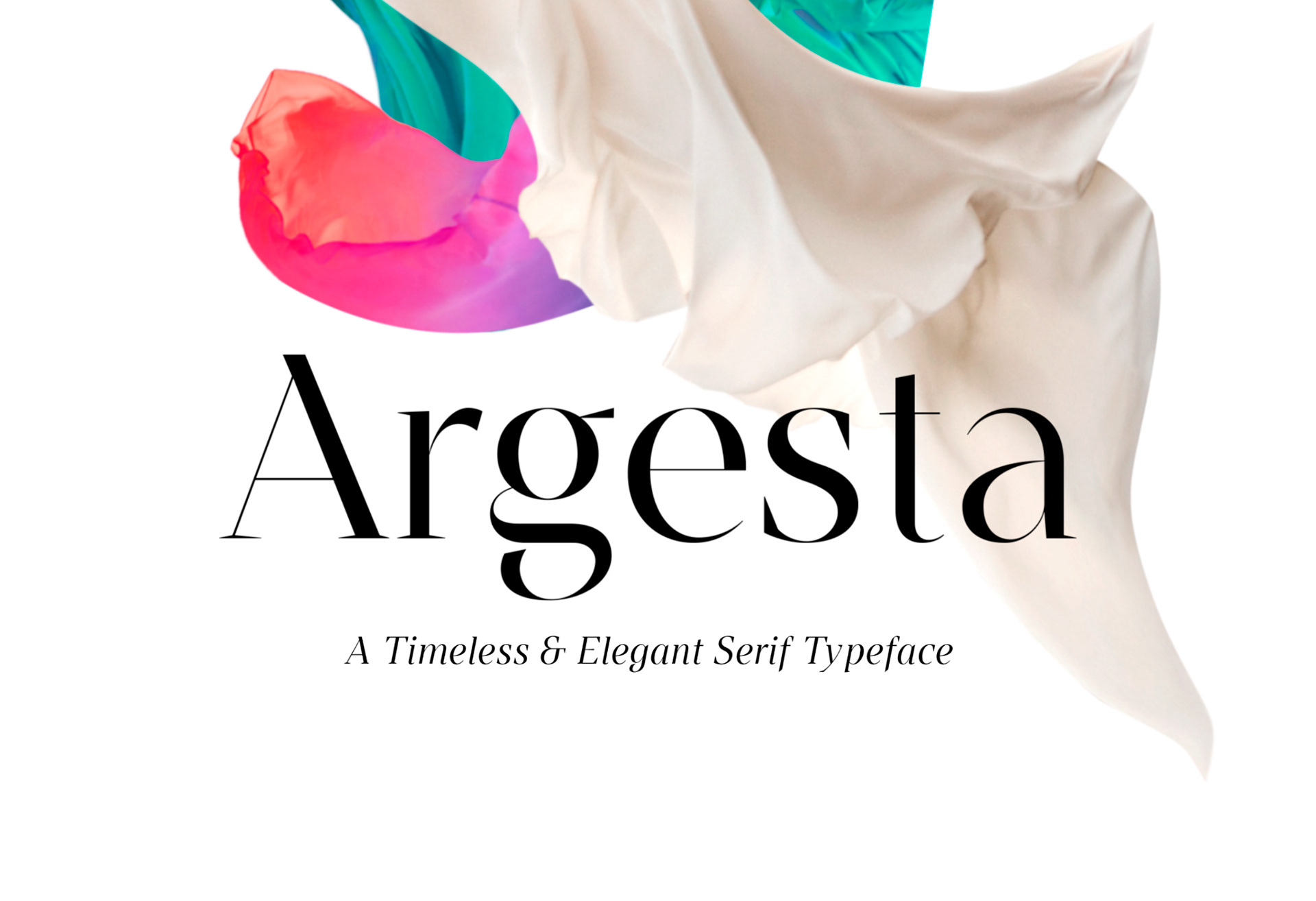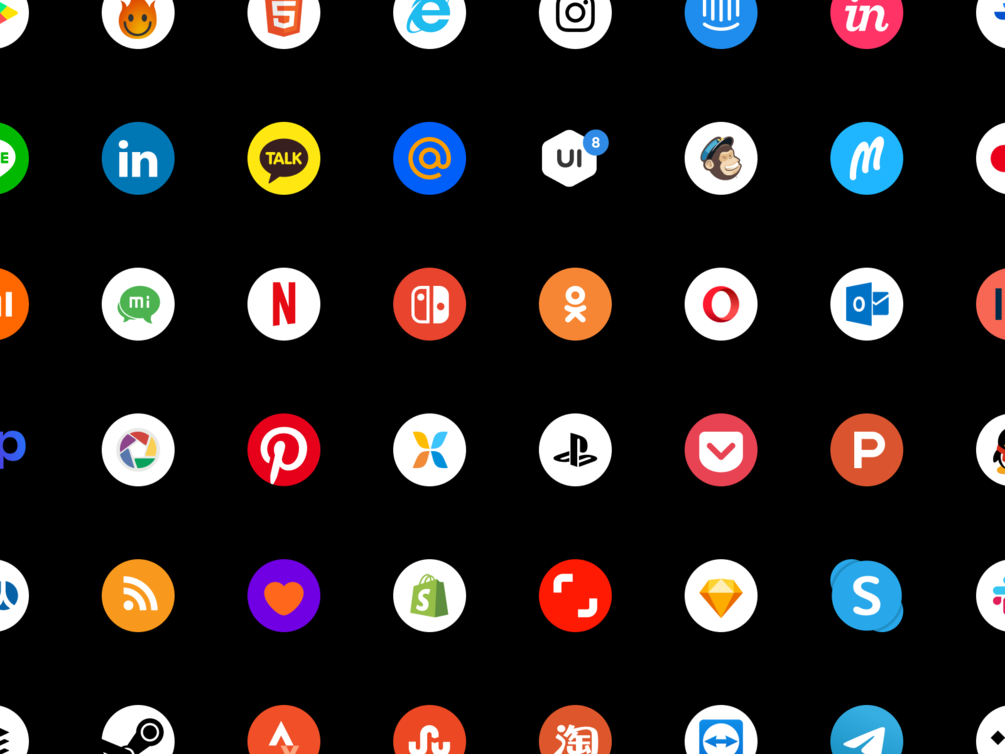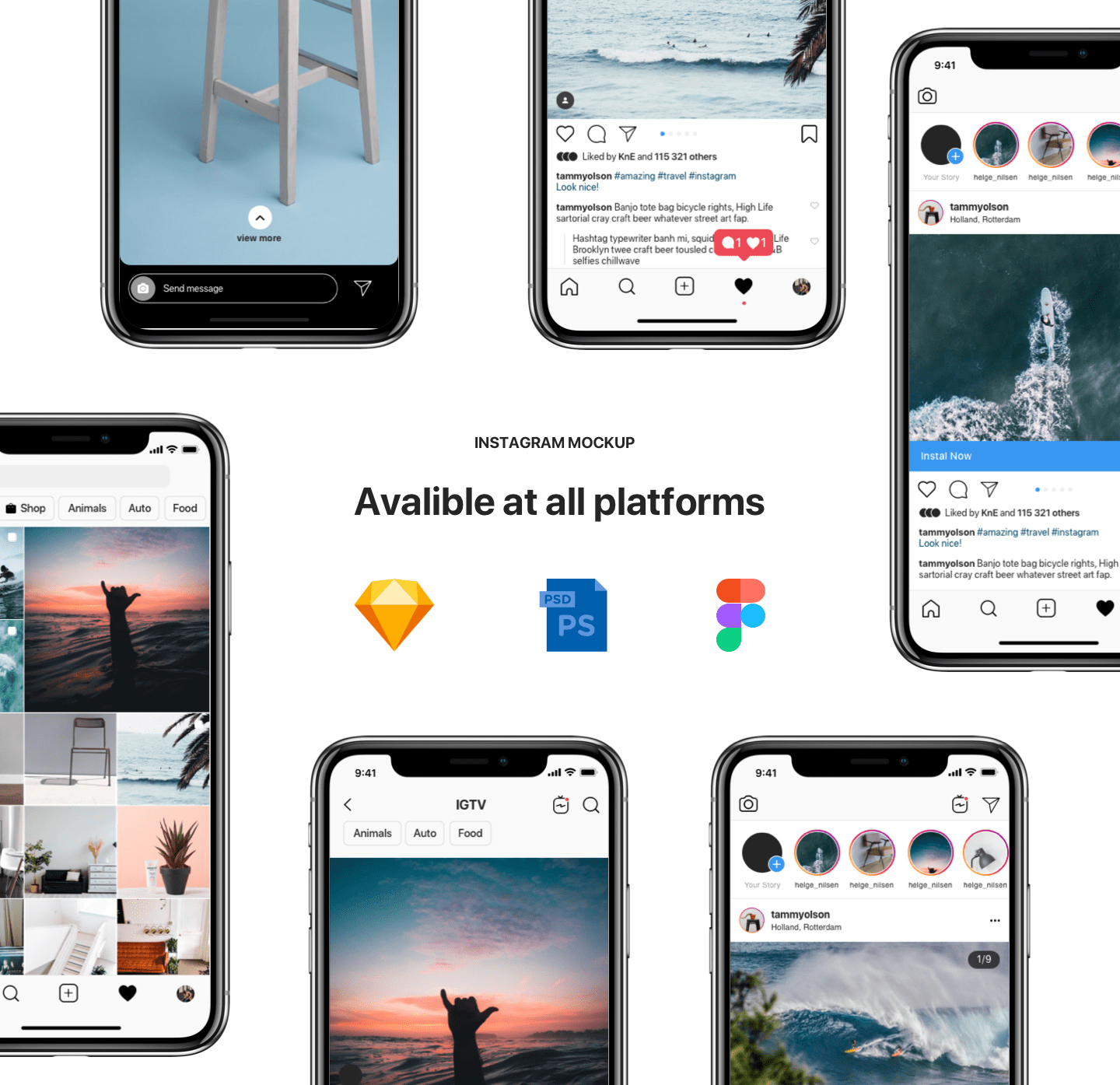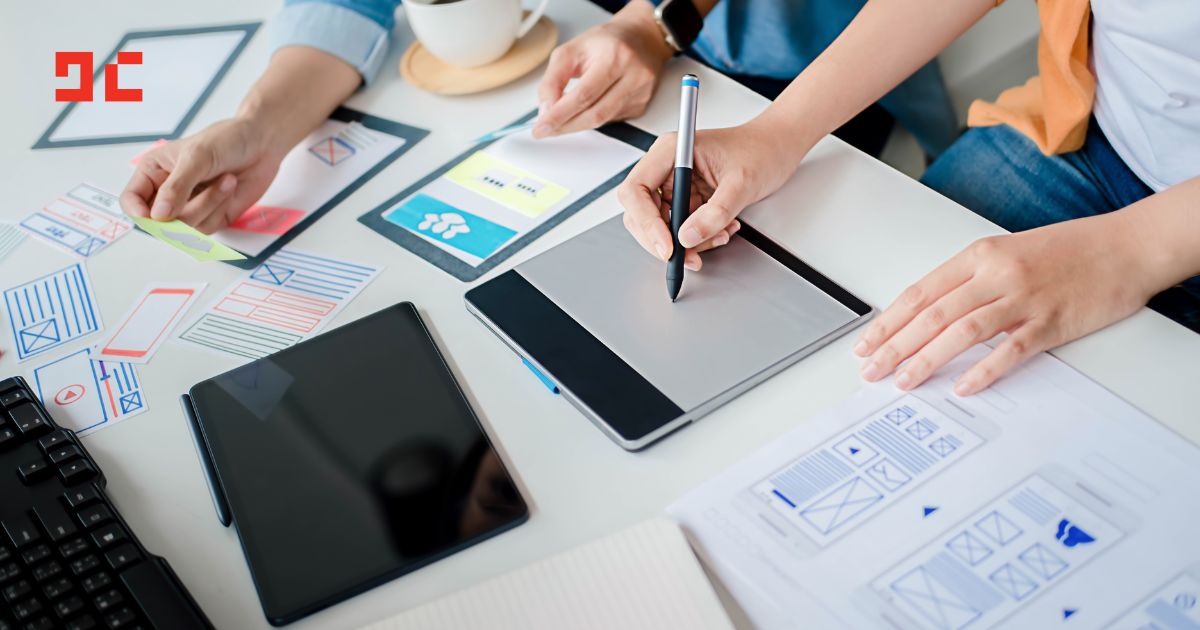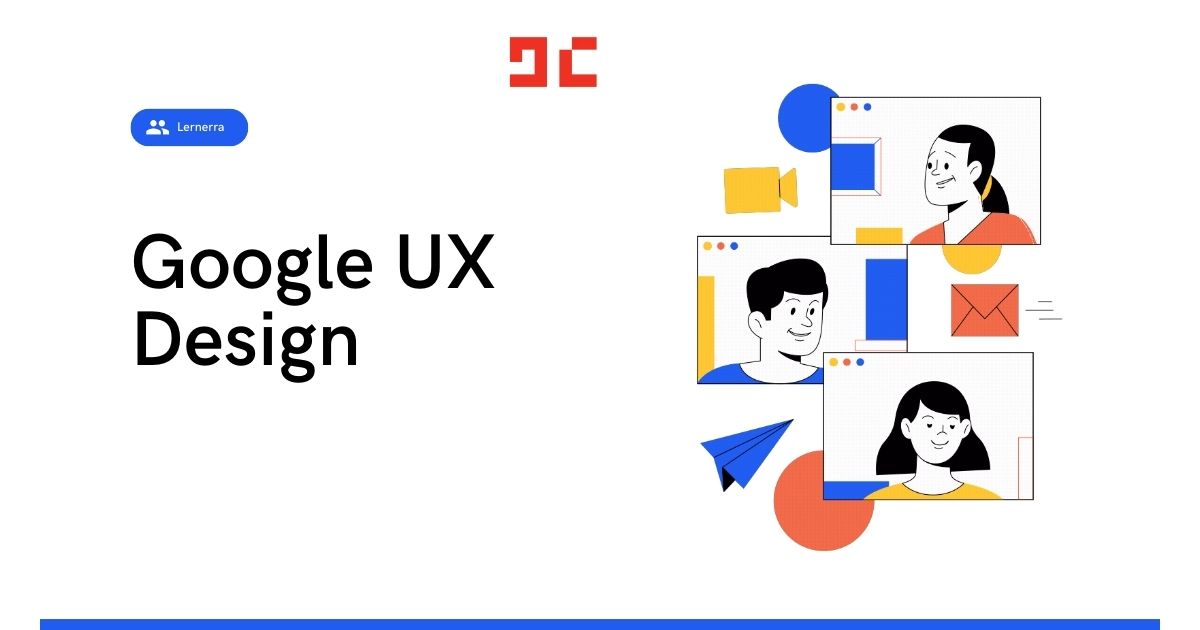
UI Design in Software Engineering: The Invisible Art of Building Better Apps
by uiuxadmin in User Experience on December 19, 2023The Art of Enchantment: user interface design in software engineering
In the digital age, software is more than just lines of code; it’s an experience. And just like any captivating story or breathtaking landscape, a well-designed user interface (UI) is the key to drawing users in and keeping them engaged. In the realm of software engineering, UI design is the invisible artist, weaving magic through pixels and interactivity to craft interfaces that are not only functional but also intuitive, delightful, and memorable. user interface design in software engineering
The Symphony of Usability and Aesthetics
Imagine a concert hall where the music is discordant and the seats are uncomfortable. No matter how talented the musicians, the experience would be a painful one. This is precisely why UI design is crucial in software engineering. It’s the bridge between the technical prowess of the software and the human experience of using it. A well-designed UI should be:
- Usable: Easy to navigate, understand, and interact with, even for novice users.
- Aesthetically pleasing: Visually appealing and consistent with the overall brand identity.
- Efficient: Enabling users to accomplish their tasks quickly and effortlessly.
- Accessible: Accommodating users with diverse abilities and needs.
The Tools of the Trade
UI designers wield a powerful arsenal of tools to bring their vision to life. From wireframing and prototyping to user testing and iteration, the process is as much about science as it is about art. User interface design in software engineering uses
How to learn user interface design?
- Wireframes: These low-fidelity mockups act as blueprints, outlining the layout and flow of the interface.
- Prototypes: Interactive versions of the UI that allow users to test and provide feedback before development begins.
- User testing: Observing and collecting data on how real users interact with the UI to identify pain points and areas for improvement.
- Iteration: The design process is rarely linear. UI designers constantly refine and iterate based on user feedback and data to ensure the final product is truly user-centric.
The Impact of Good UI Design
The benefits of good UI design extend far beyond mere aesthetics. A well-designed interface can:
- Increase user adoption and engagement: Users are more likely to use and enjoy software with a user-friendly interface.
- Boost productivity and efficiency: A smooth and intuitive UI can save users time and effort, leading to increased productivity.
- Enhance brand reputation: A well-designed UI reflects positively on the brand, fostering trust and loyalty among users.
The Future of UI Design:-
As technology evolves, so too does the landscape of UI design. From the rise of voice-activated interfaces to the integration of artificial intelligence, the possibilities are endless. UI designers will continue to push the boundaries of creativity and innovation, crafting interfaces that are not only functional but also intelligent, personalized, and even emotionally resonant.
In conclusion, UI design is not just a technical skill; it’s an art form that shapes the way we interact with the digital world. By understanding the principles of usability, aesthetics, and accessibility, software engineers (user interface design in software engineering) can create interfaces that are not just tools, but experiences that captivate, inspire, and leave a lasting impression. So, the next time you use a piece of software that feels effortless and delightful, remember the invisible artist behind the screen – the UI designer, weaving magic through pixels to make technology a joy to use.

